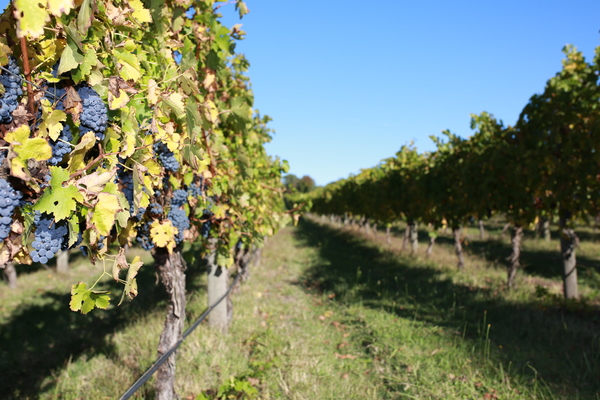Grapevine eating bug, phylloxera, continues to wreak havoc on the Yarra Valley’s wine industry as Agriculture Victoria confirmed new detections in February, leading to the infestation zone to be increased across the entire Yarra Ranges wine region.
Phylloxera was first detected in the Yarra Valley in December 2006. The region’s Maroondah Phylloxera Infested Zone (PIZ) boundary has been redrawn seven times since then as new detections have been reported.
There are fears for the long term impacts the soft-bodied, vine-killing pest will have on the wine industry in the Yarra Valley.
Speaking at a council meeting, Yarra Ranges Councillor Jim Child said, “Expansion of the infestation zone includes the whole of the Yarra Valley now, not just one or two properties. It’s all of the Yarra Valley.”
While Wine Yarra Valley president Franco D’Anna warned that the insect could halve the output of the Yarra Valley wine industry in a decade’s time.
“Phylloxera is going to cost the Yarra Valley over a billion dollars,” he said.
“It’s a really serious issue and it’s the perfect storm at the moment… The incentive to pull plants and replant vines is high and it’s causing production supply issues.”
Mr D’Anna said that only 14-15 per cent of rootstock in the Yarra Valley is resistant to phylloxera meaning that the overwhelming majority of vines will have to be replanted in the next 10 to 15 years.
The Hoddles Creek Estate winemaker said that a winery can purchase own-rooted vines at $1 per vine. But the cost to purchase phylloxera resistant stock would be about $5.50 with a minimum two year wait to receive the vines.
Mr Child commended Yarra Valley wineries in taking action on the issue and described the replanting process as “a tough gig.”
“They are taking a very unselfish attitude to this terrible situation that they are in,” Mr Child said.
“They’ve introduced a lot of procedures and are advising other wineries how they can contain a breakout.”
The most recent detections within the PIZ resulted in an extension to the eastern edge of the current Maroondah PIZ boundary, referred to as the ‘Badger Creek extension’.
All of the detections were as a result of industry self-reporting. The detections within the PIZ have been confirmed as the G1 strain, the same as that of other vineyards inside the Maroondah PIZ.
Phylloxera can be picked up and spread by grapes and grape-related material, machinery and equipment, diagnostic samples and vineyard soil.
Agriculture Victoria advises that the movement of the aforementioned ‘phylloxera risk vectors’ between phylloxera management zones within or between states must comply with state movement conditions.
Footwear and clothing can also pick up and spread phylloxera, but the movement of people is not regulated. It is the landowner’s responsibility to be aware of, and implement best-practice farm-gate hygiene for phylloxera which will hold vineyards in good stead for prevention of all pests, diseases and weed incursions.







